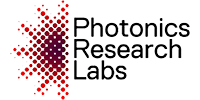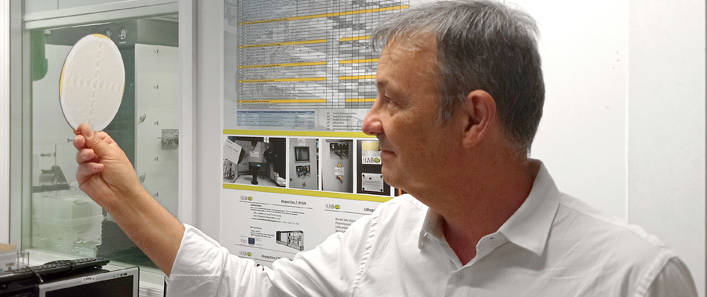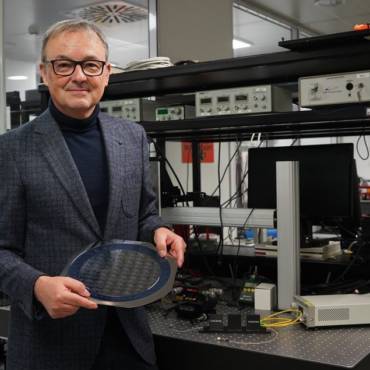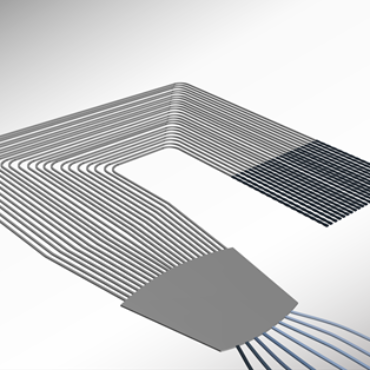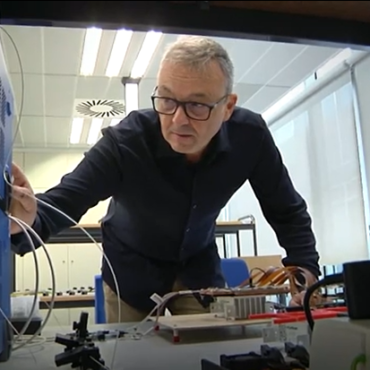José Capmany, Head of the Photonics Research Labs-iTEAM and Full Professor at the Escuela Técnica Superior de Ingeniería de Telecomunicación (ETSIT) of the Universitat Politècnica de València (UPV), has obtained a new international recognition for his scientific career.
This time, Professor Capmany has been honored by the IEEE Photonics Society, the most prestigious organization in the field of Photonics. This organization bestowed him the Engineering Achievement Award for his “pioneering and sustained contributions to integrated microwave and programmable photonics including the invention of Field Programmable Photonic Gate Arrays”.
“I am really proud to receive this prize from the IEEE Photonics Society, that not only recognizes my work, but also the great effort made by my teammates, specially by the other co-founders of iPRONICS. What makes this award remarkable is that it recognizes excellent scientific research altogether with the engineering development and technological transfer of the scientific results”, highlighted Prof. Capmany.
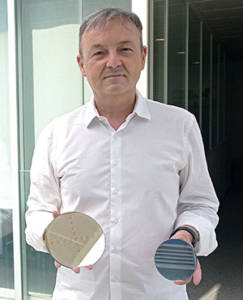 A technological revolution in telecommunications
A technological revolution in telecommunications
Photonics is revolutionizing the field of telecommunications. It is a real breakthrough that will have a direct impact not only in the industrial sector but also in our daily life. Among the numerous applications of this technology, it is worth highlighting 5G communications and autonomous driving, as well as quantum and neuromorphic computing, which develops chips that imitate the neural network structure of the human brain.
According to José Capmany, “These applications need to process a huge amount of data at a high speed with extreme versatility, and this is just what both microwave and programmable photonics can provide. In fact, we are currently developing a programmable photonic circuit at the Photonics Research Labs to meet the highly demanding requirements of these new applications.”

